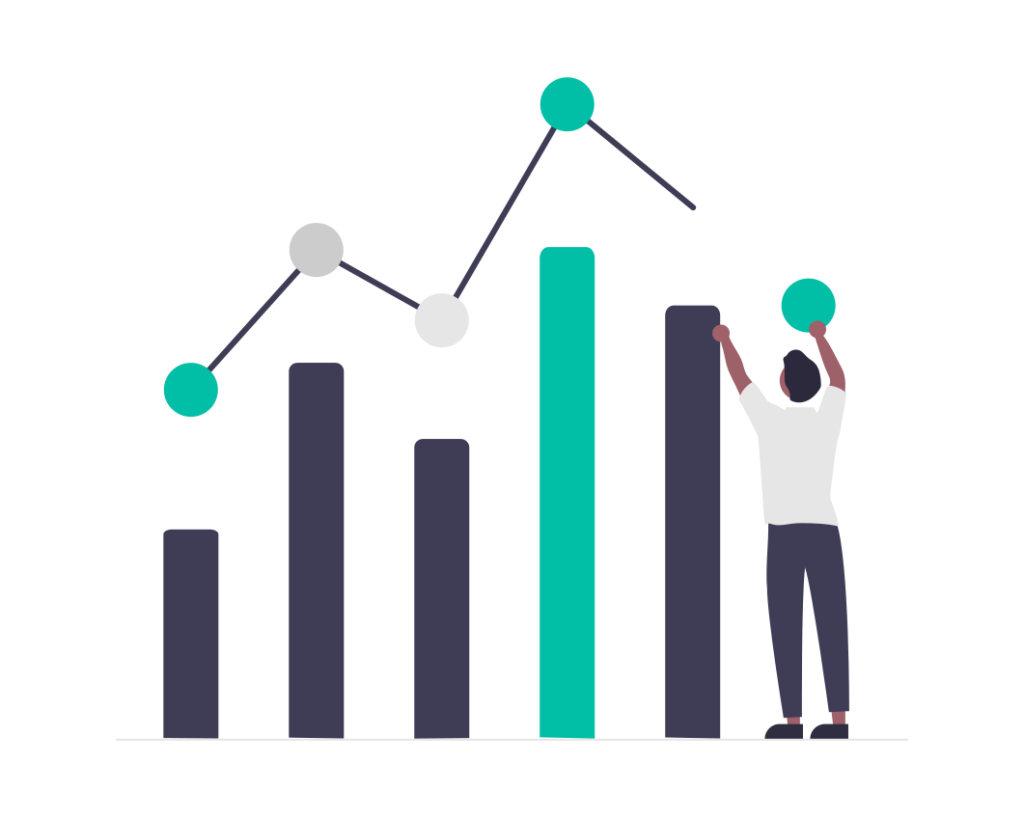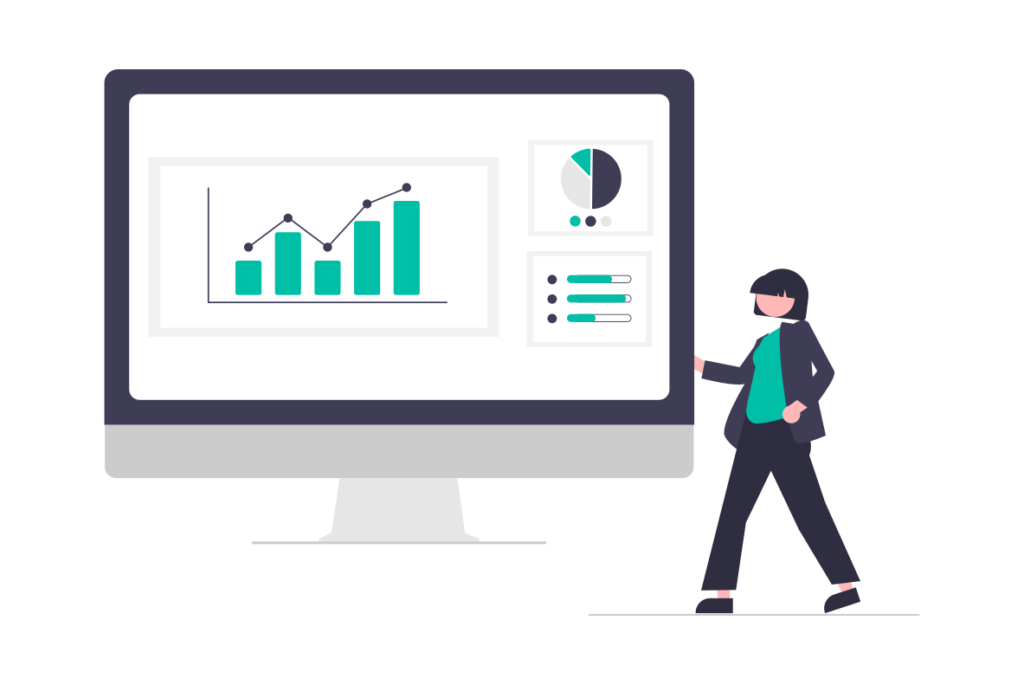A Step-by-Step Guide to Running a Growth Experiment Process

Running a growth experiment process can be an exciting and highly rewarding endeavour. It allows you to test different strategies, uncover valuable insights, and ultimately drive the growth of your business. In this step-by-step guide, we will walk you through the entire process, from understanding the importance of growth experiments to analysing the results and making data-driven decisions.
Understanding the Growth Experiment Process
Growth experiments are a systematic approach to testing hypotheses and gathering data to inform decision-making. By conducting experiments, you can identify which strategies and tactics yield the best results for your business. This knowledge empowers you to optimize your growth efforts and focus on what works best.
When it comes to growth experiments, it’s important to understand their significance in the business world. These experiments provide valuable insights that help businesses make informed decisions. They allow you to test assumptions and challenge conventional wisdom. By running experiments, you can validate or invalidate hypotheses, which in turn drives innovation and growth.
Now, let’s delve deeper into the key components of the growth experiment process. This process consists of several crucial elements that work together to ensure its success.
The Importance of Growth Experiments
Growth experiments provide valuable insights that help businesses make informed decisions. They allow you to test assumptions and challenge conventional wisdom. By running experiments, you can validate or invalidate hypotheses, which in turn drives innovation and growth.
One of the key reasons why growth experiments are important is that they enable you to gather data and evidence to support your decision-making process. Instead of relying solely on intuition or guesswork, you can rely on concrete data to guide your growth strategies. This data-driven approach helps you make more informed decisions, reducing the risk of making costly mistakes.
Moreover, growth experiments foster a culture of innovation within organizations. By encouraging teams to think critically, question existing practices, and experiment with new ideas, businesses can stay ahead of the competition. These experiments provide a platform for creativity and exploration, allowing businesses to discover new strategies and tactics that can drive growth.
Key Components of the Growth Experiment Process
The growth experiment process consists of several key components that work together to ensure its success. These components include a clearly defined growth goal, identified key metrics, formulated hypotheses, and carefully selected experiment variables.
First and foremost, having a clearly defined growth goal is essential. This goal acts as a guiding light, providing direction and purpose to your experiments. It helps you stay focused and ensures that your experiments are aligned with your overall growth objectives.
Identifying key metrics is another crucial component of the growth experiment process. These metrics serve as the yardstick by which you measure the success or failure of your experiments. They provide quantifiable data that helps you evaluate the impact of different strategies and tactics on your business’s growth.
Formulating hypotheses is an integral part of the growth experiment process. Hypotheses are educated guesses or assumptions that you want to test through your experiments. They help you define the expected outcomes of your experiments and provide a framework for analyzing the results.
Lastly, carefully selecting experiment variables is vital for the success of your growth experiments. Experiment variables are the specific factors or elements that you manipulate or change to test your hypotheses. By selecting the right variables, you can isolate the impact of different strategies and tactics, allowing you to draw accurate conclusions from your experiments.
In conclusion, growth experiments are a powerful tool for businesses to optimize their growth efforts. By conducting experiments and gathering data, businesses can make informed decisions, challenge assumptions, and drive innovation. Understanding the importance of growth experiments and the key components of the process is crucial for achieving success in today’s competitive business landscape.
Preparing for Your Growth Experiment
Before diving into your growth experiment, it is crucial to adequately prepare and set a solid foundation. This involves defining your growth goals and identifying the key metrics that will help you measure success.
When it comes to preparing for a growth experiment, there are several important factors to consider. One of the first steps is defining your growth goals. Setting clear and specific goals is essential for a successful experiment. Whether you aim to increase website traffic, improve conversion rates, or boost customer retention, defining your goals provides focus and direction.
Once you have established your growth goals, the next step is to identify the key metrics that align with those goals. These metrics will help you measure the impact of your growth experiments accurately. By keeping a close eye on these metrics, you can make well-informed decisions to optimize your growth efforts.
Some of the key metrics that you may want to consider include conversion rate, customer acquisition cost, and lifetime value. These metrics can provide valuable insights into the effectiveness of your growth strategies and help you identify areas for improvement.
Conversion rate is a crucial metric that measures the percentage of website visitors who take a desired action, such as making a purchase or signing up for a newsletter. By tracking your conversion rate, you can determine how effective your website is at turning visitors into customers.
Customer acquisition cost is another important metric to consider. This metric helps you understand how much it costs to acquire a new customer. By calculating your customer acquisition cost, you can evaluate the efficiency of your marketing and sales efforts and identify opportunities to reduce costs.
Lastly, lifetime value is a metric that measures the total revenue generated by a customer over their entire relationship with your business. By understanding the lifetime value of your customers, you can make informed decisions about how much you are willing to invest in acquiring new customers and retaining existing ones.
By defining your growth goals and identifying the key metrics that align with those goals, you can set yourself up for success in your growth experiment. These steps will provide you with a solid foundation and help you make data-driven decisions to optimize your growth efforts.
Designing Your Growth Experiment
With your goals and metrics in place, it’s time to design your growth experiment. This involves formulating a clear hypothesis and selecting the variables you will test.
Formulating Your Hypothesis
A strong hypothesis serves as the foundation for your growth experiment. It states the expected outcome of the experiment and forms the basis for your testing. A well-formulated hypothesis allows you to draw meaningful conclusions from the experiment’s results.
Selecting Your Experiment Variables
Experiment variables are the factors you manipulate or change during your growth experiment. These variables can include elements of your website, marketing strategies, pricing models, or any other aspect relevant to your growth goals. By selecting the right variables to test, you can gain insights into what drives growth for your business.
Implementing Your Growth Experiment
With the design of your growth experiment complete, it’s time to put your plan into action. This involves setting up your experiment and running it with careful attention to detail.
Setting Up Your Experiment
Setting up your experiment involves creating a controlled environment and defining the parameters of your tests. This ensures that your experiment is conducted in a consistent and unbiased manner, allowing for accurate results.
Running Your Experiment
Running your growth experiment requires careful monitoring and documentation of the results. Keep track of the changes you make and gather data to analyze once the experiment is complete. By following a structured and methodical approach, you can generate meaningful insights for your business.
Analysing the Results of Your Growth Experiment
Once you have completed your growth experiment, it’s time to analyze the results. This critical step allows you to make sense of the data you have collected and draw meaningful conclusions.
Interpreting Your Data
Interpreting the data from your growth experiment involves analyzing the results and drawing insights. Look for patterns, trends, and statistically significant findings to understand the impact of your experiment variables on your key metrics.
Making Data-Driven Decisions
Armed with the insights gained from your growth experiment, you can now make informed, data-driven decisions. Use the knowledge you have acquired to refine your strategies, optimize your efforts, and drive sustained growth for your business.
In conclusion, running a growth experiment process is a powerful tool for businesses looking to achieve continuous growth. By understanding the importance of growth experiments, preparing adequately, designing the experiment effectively, implementing it diligently, and analyzing the results critically, you can unlock valuable insights that will fuel your business’s success. Embrace the process, challenge assumptions, and let data guide your decisions. The journey of growth awaits!
Talk to a Growth Advisor
We create a clear, focused marketing strategy by combining our expertise with your knowledge of your business.
Related Posts

How to Build Long-Term Sustainable Growth
Learn the essential strategies and practical steps to achieve long-term sustainable growth for your business.

What Is Organic Business Growth?
Organic business growth is a term that is thrown around a lot in the business world. But what exactly...

Fixed Mindset vs Growth Mindset
Discover the fundamental disparities between a fixed mindset and a growth mindset in this insightful article.
